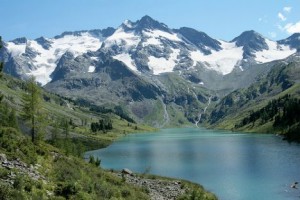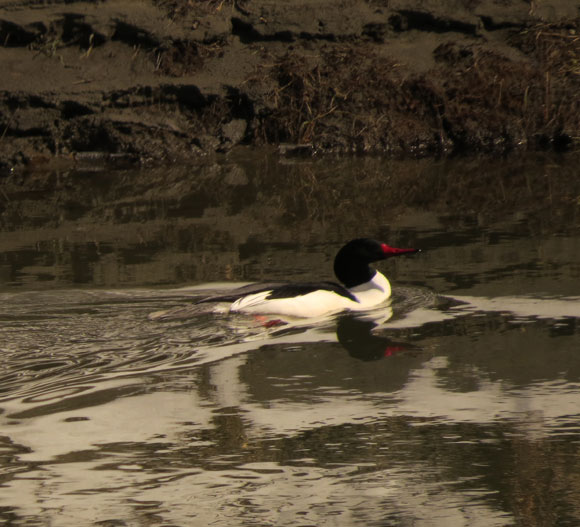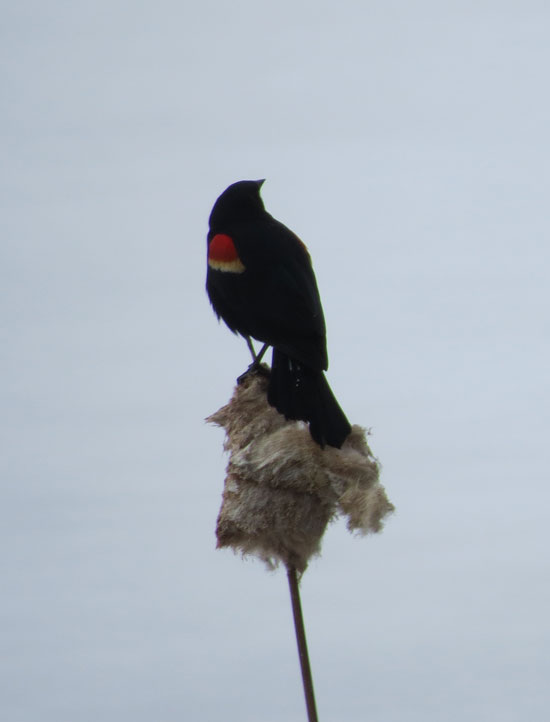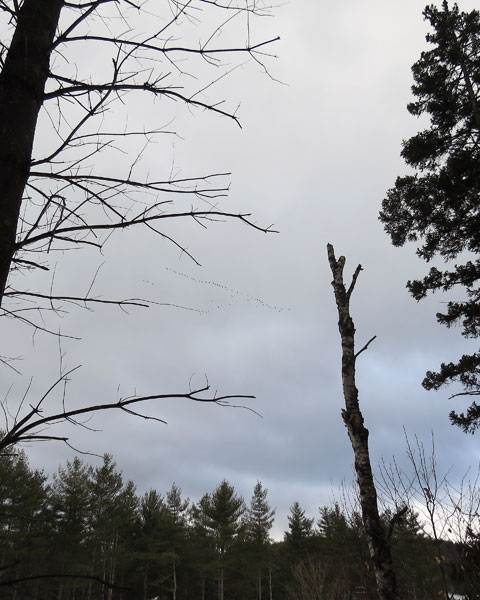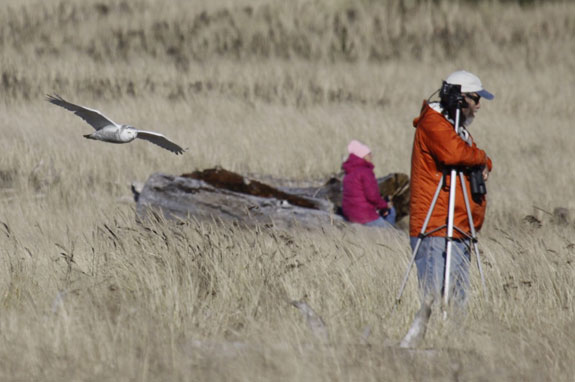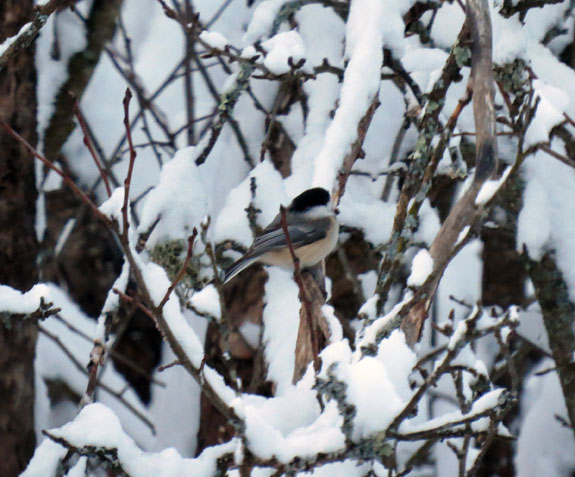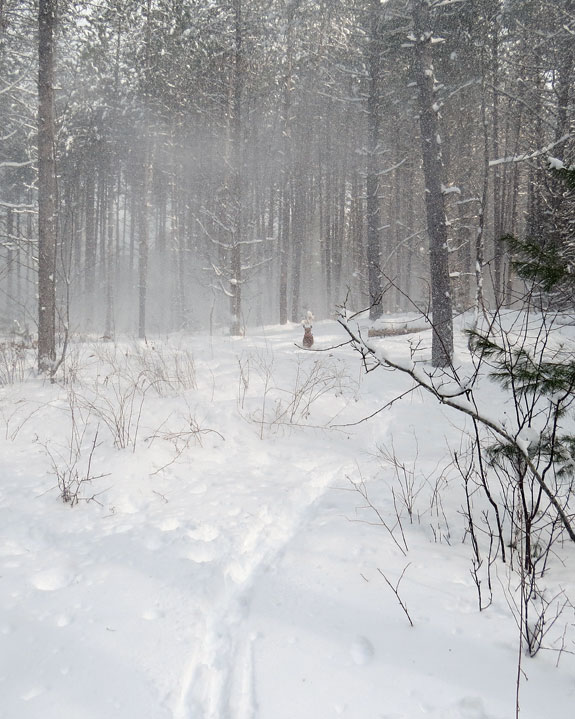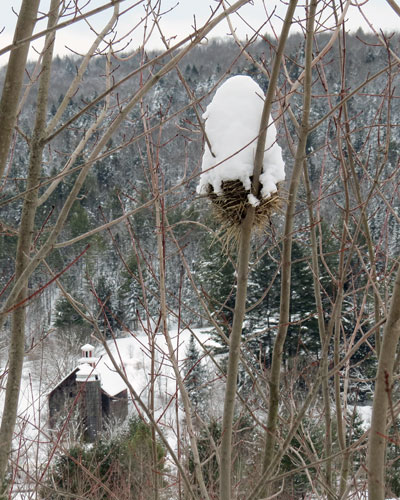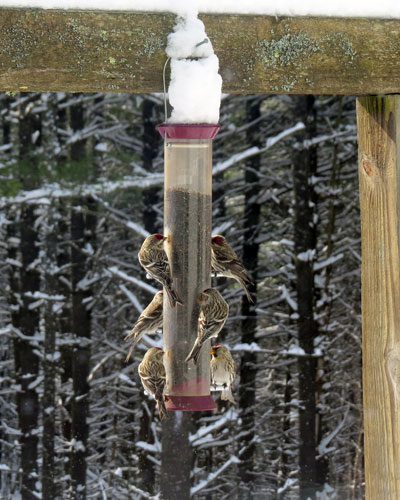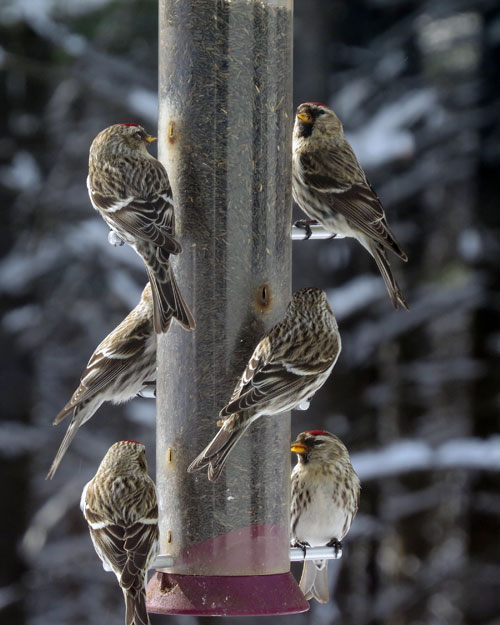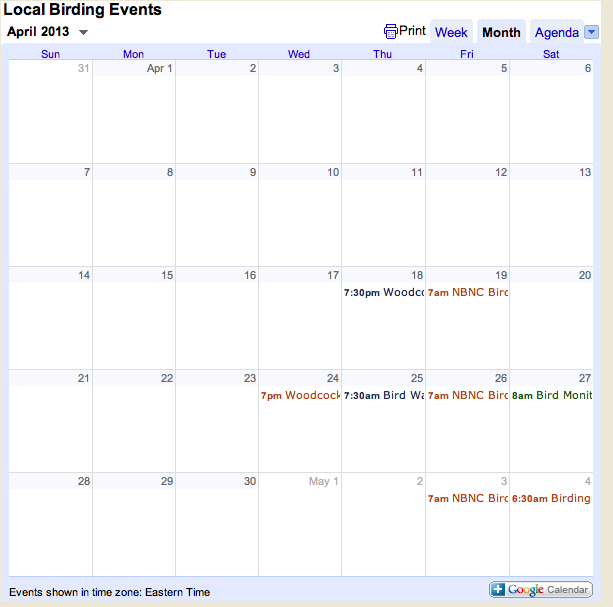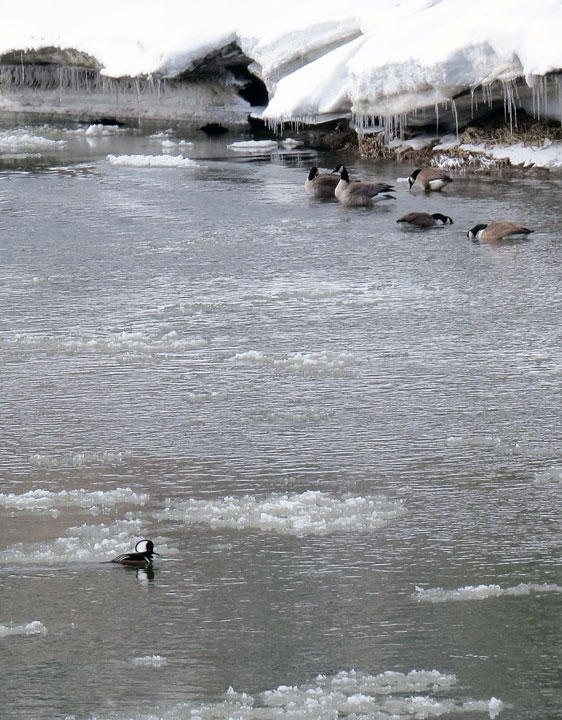Bird Studies Canada recently published an article in the journal Avian Conservation and Ecology summarizing patterns in Common Loon reproductive success between 1992-2010 across southern Canada, using data collected by participants in BSC’s Canadian Lakes Loon Survey. The reproductive success of the Common Loon is a good indicator of the health of waterways, especially in relation to mercury and acid precipitation. The overall goal of the study was to indirectly describe the health of lakes in southern Canada in relation to these pollutants.
The authors found that the number of young produced was higher in the western provinces than in Atlantic Canada; was lower in 2010 than it was 19 years earlier; was higher in larger lakes than in smaller ones; and was lower where lake acidity was higher. These relationships are likely linked to mercury exposure and acid-related reductions in food. The results show that citizen science is powerful for monitoring ecosystem health, and indirectly support action to reduce emissions of mercury and the harmful components of acid precipitation.
Visit the ACE website to read the full article by Dr. Doug Tozer, Myles Falconer, and Debbie Badzinski. For a summary of the research from BirdWatch Canada, select this link.



